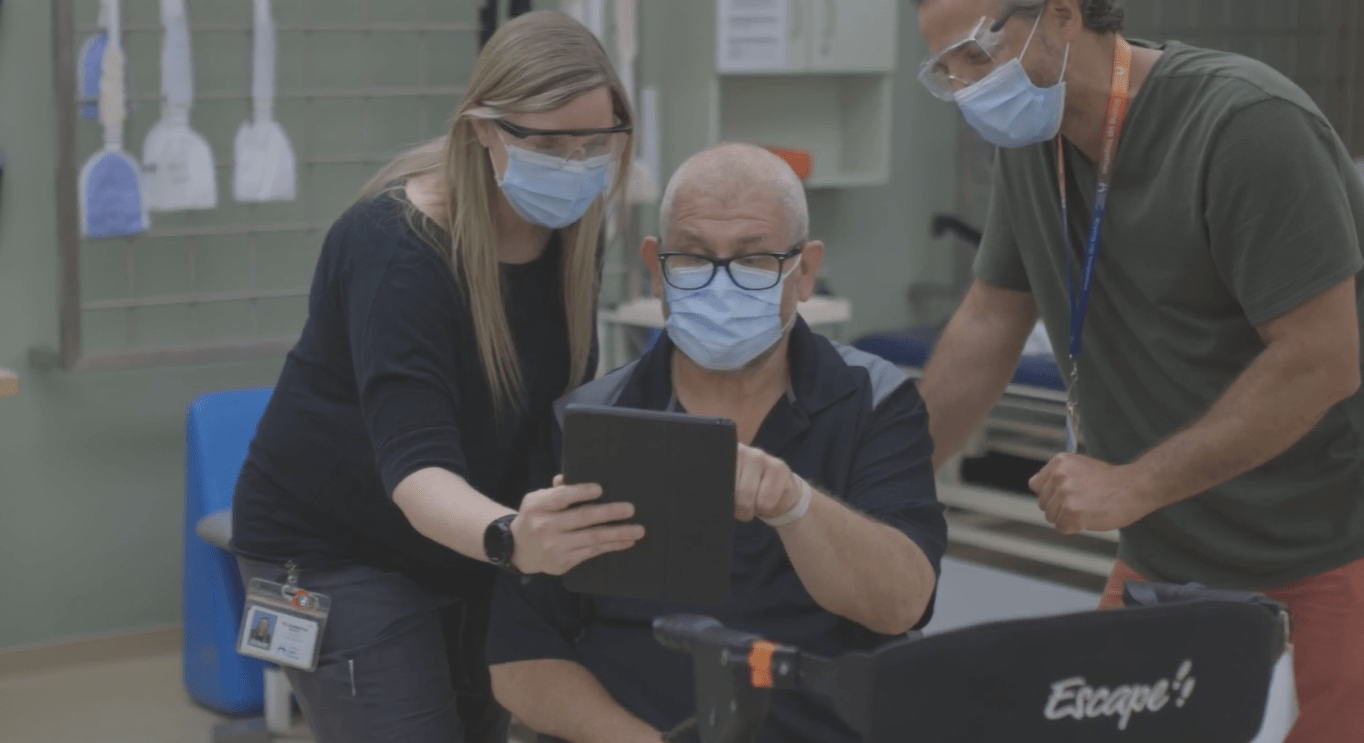
An Epic solution coming this June
Here’s what HHS’ new hospital information system means for patients:
The sooner Hamilton Health Sciences implements its new hospital information system, called Epic, the better off patients and families will be. Here’s why:
A single source of truth
Epic replaces the current hospital information system made up of multiple electronic and paper-based systems containing different parts of a patient’s record. It can be difficult for hospital staff, doctors and other health-care providers to pull together full patient records with the current system.
“These advances will become our new normal…”
Epic is fully electronic, with complete patient records available in one central place. It’s easier, safer and more efficient for patients and their families. It will make working in trying times – like the pandemic we’re in now – vastly more manageable.
Less stress for patients
Patients often meet with multiple members of their health-care team over several weeks, months and even years. For example, a patient at the Juravinski Hospital and Cancer Centre might see a medical oncologist, a radiation oncologist, a surgeon, nurse specialists, social workers and more. At those visits, patients are often asked to repeat their health history, such as medications they’re taking and past surgeries they’ve had.
With Epic, all patient information will be available to their hospital health-care team in one secure, electronic space.

Dr. Rob Lloyd is HHS’ chief medical information officer
“Epic takes the responsibility off the patient’s shoulders to provide this information,” says Dr. Rob Lloyd, HHS’ chief medical information officer. “It also reduces the risk of a patient forgetting to share part of their health history, such as medications they’re taking.”
Improved patient safety
With Epic, handwritten notes and paper records will be a thing of the past. Instead, the patient’s health-care team will use computerized workstations-on-wheels, mobile phones, and tablets to update patient information electronically. This will significantly reduce the chance for errors since there’s no more tracking down paperwork or trying to read messy handwriting.
Epic’s digital tools will also help health-care professionals manage workloads and patient data, so they can make the best-informed decisions in real time.
And by reducing the amount of time they spend searching for information, they’ll be able to spend more time with patients.
More control for patients
Epic’s MyChart app will give patients, and their families when appropriate, access to their medical record and opportunities to add to it.
With the MyChart app, patients can see their test results, share their records with some non-HHS doctors and caregivers, enter their own health information within a secure personal health record space, access health education materials and securely communicate with health-care providers.
Other features include virtual visits through video conferencing and the ability to upload pictures. For example, if a patient recovering from surgery has concerns about how their wound is healing, they could securely send a photo to the hospital’s virtual care team.
Over the course of the pandemic, virtual care – including medical appointments by phone or video conferencing – increased by 1,500 per cent at HHS, and it’s unlikely that demand will decrease in the future.
“Virtual visits, remote home monitoring, electronic referrals and e-consults are the way of the future,” says Lloyd. “These advances will become our new normal with the introduction of Epic, considered among the best systems in the world.”




